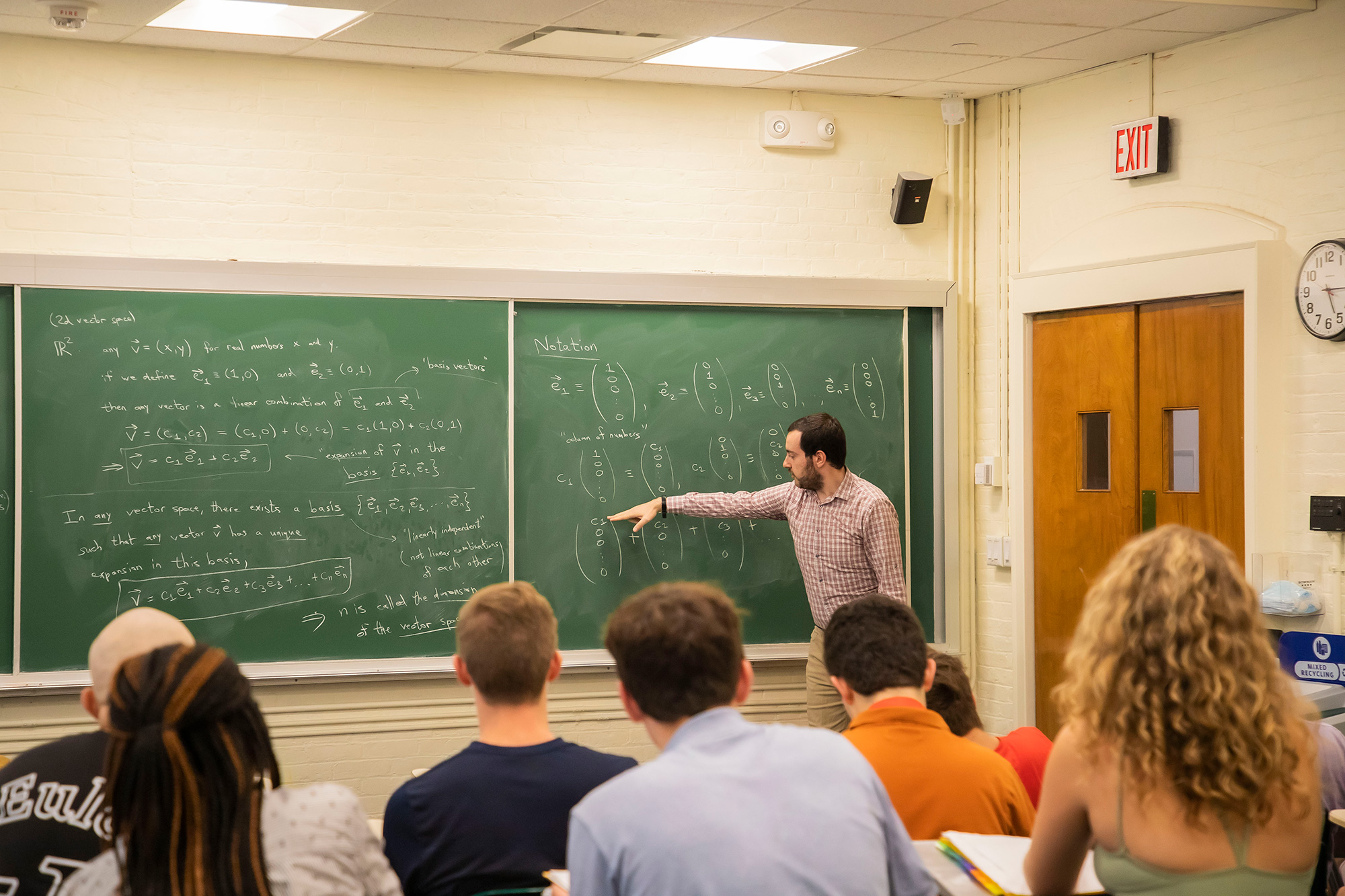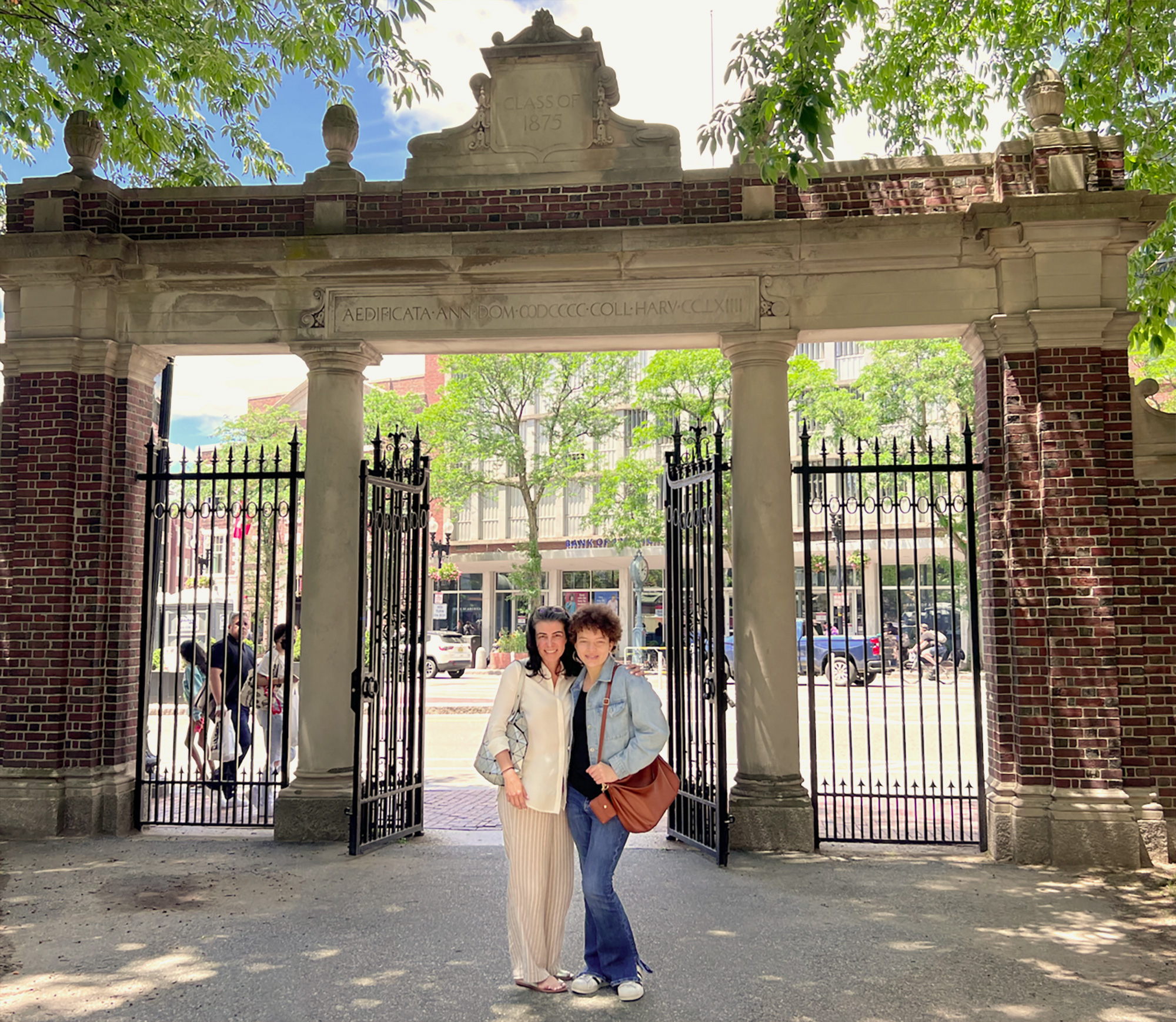On this page
Ever wondered what Harvard Summer School courses are like? Check out this sneak peek into just a few of the 200+ offered courses, with insights from our faculty.
Data Science: An Artificial Ecosystem
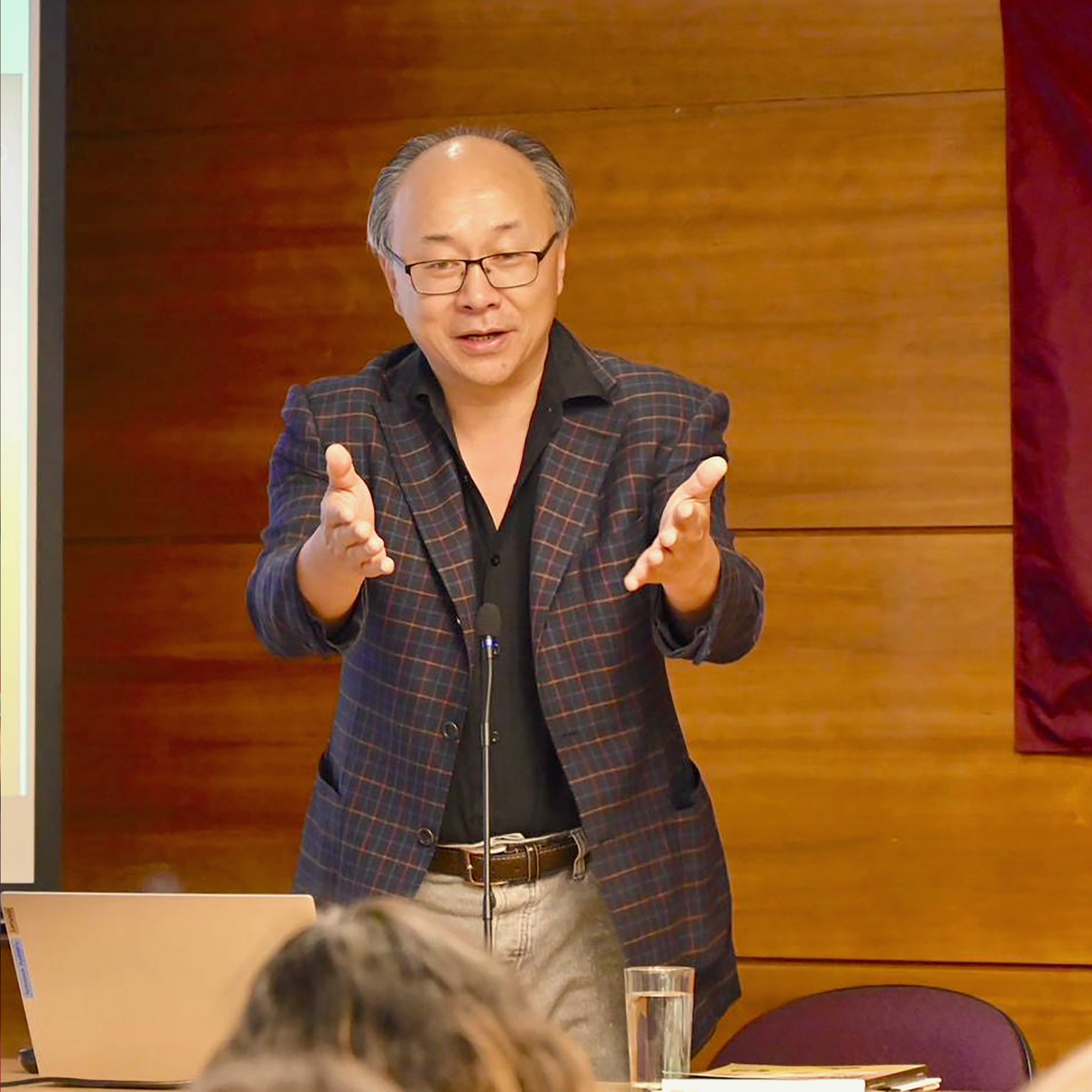
I truly enjoy teaching this summer course because it brings together a global, intellectually curious group of students to explore data science and AI in a way that is as panoramic as it is personal.
Whipple V.N. Jones Professor of Statistics, Harvard University
Founding editor-in-chief, Harvard Data Science Review
Designed around articles from Harvard Data Science Review (HDSR), the course showcases the breadth and depth of the data science ecosystem, from philosophical questions like, “What is intelligence?” to technical challenges in ensuring safe human-AI interactions. It also invites students to engage directly with the authors of these pieces.
I created the course to offer early exposure to the richness of data science, particularly for high school students, while also elevating HDSR’s mission of “everything data science and data science for everyone.”
I’m constantly learning alongside the students, inspired not only by their insights but also by the chance to have in-depth conversations with contributors to HDSR. It’s this mutual exchange —between generations, disciplines, and perspectives — that makes teaching this course such a rewarding and joyful experience.
Leadership
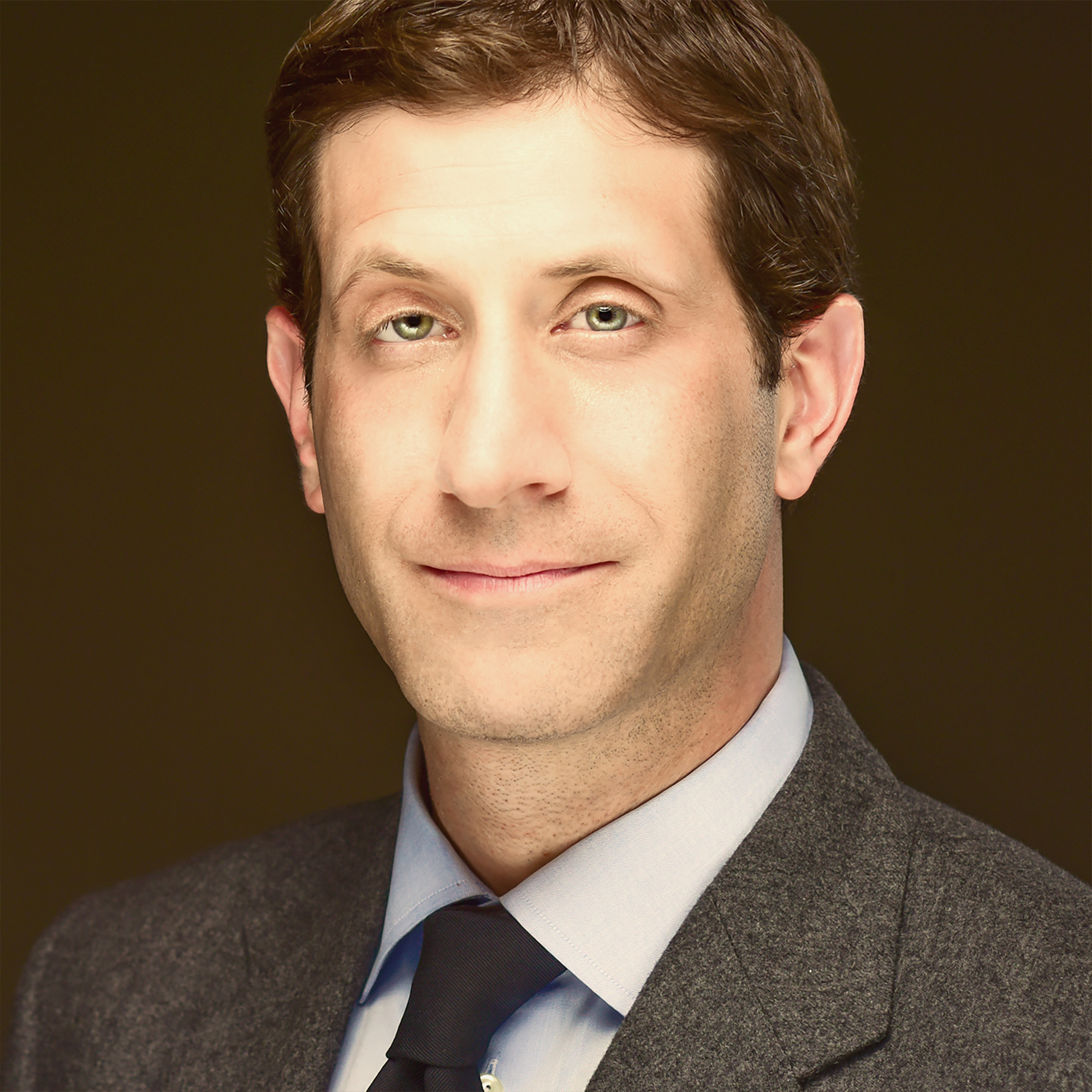
There are no classrooms in the world that are more diverse and dynamic than those at Harvard Summer School.
Adjunct Associate Professor of Behavioral Science, The University of Chicago
Last year, I had students from more than two dozen countries debating their approach to leadership. As a teacher, the experience of getting to engage so many remarkable young people from every corner of the world is invigorating and inspiring.
In my leadership class, I try to help students enhance their capacity for self-awareness and empathy as leaders. Such skills are especially important in a global world, where you constantly find yourself engaging people who come from backgrounds far different from your own. Students who enter my class have big dreams for their leadership, and my goal is to give them the skills and social network necessary to achieve them.
Students in the class want a chance to connect to their peers, and while the course has always been organized with an eye toward this aim, we are increasingly looking into ways to facilitate a sense of strong connection beyond it by drawing on social media and opportunities for students to reconnect. Each of the last two years, we’ve held a virtual Back to the Leadership Classroom Alumni session where students from across the courses I’ve taught come together to reconnect and learn new lessons in leadership.
Each summer, we welcome remarkable guests to our class from business, entertainment, politics, academia, and journalism. I have now taught the class so long that I increasingly have the chance to feature homegrown leaders who are alumni of the course. It’s amazing to look back over the pictures from these visits and see how many remarkable people we’ve been able to welcome to our Harvard classroom.
Psychopathology
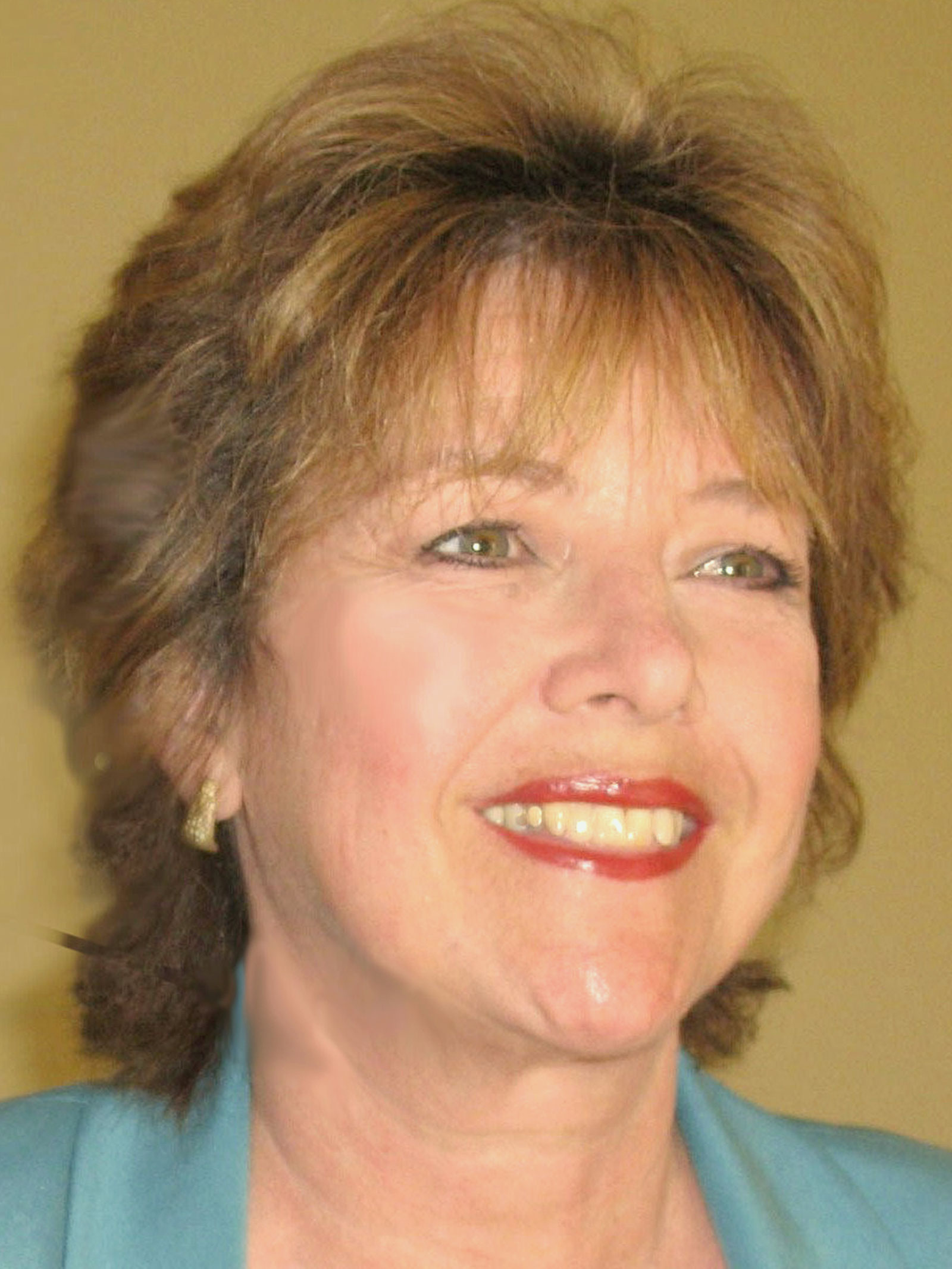
I appreciate the opportunity to teach in the Harvard Summer School and share my vision of meaningful mental health with such a broad and accomplished community of students.
Associate of the Psychology Department, Harvard Faculty of Arts and Sciences
I believe we can learn so much about so-called “normal” human behavior and the workings of the mind through the study of psychopathology. On a very personal note, Psychopathology (then called “Abnormal Psychology”) was the first course I took at Harvard Extension School when I was contemplating a career change to psychology many years ago. It changed my life! I am privileged to teach the very course that had such an enormous impact on my life to other students.
Designing the curriculum of any course that you’re passionate about is a difficult job, because there’s so much about the field that you want to share. When we only have seven weeks together, I have to select the topics and information that will be most valuable to our student group. I focus on the latest evidence-based science and the disorders that have the most impact on mental health worldwide.
I hope students gain a general knowledge of the symptoms, causes, and the effective treatments for major mental disorders — as far as we know them to date. If students have this knowledge, they can seek help and reduce suffering in themselves or those they care about.
Although I want students to gain as much information as possible from the Summer Session, I don’t want them to feel overwhelmed. I often make part of the reading that is required in the Fall semester optional in the summer course. That way, students who want to do the extra reading can do so without concern that it will show up on exams.
Democracy, Development, and Violence: An Introduction to Comparative Politics
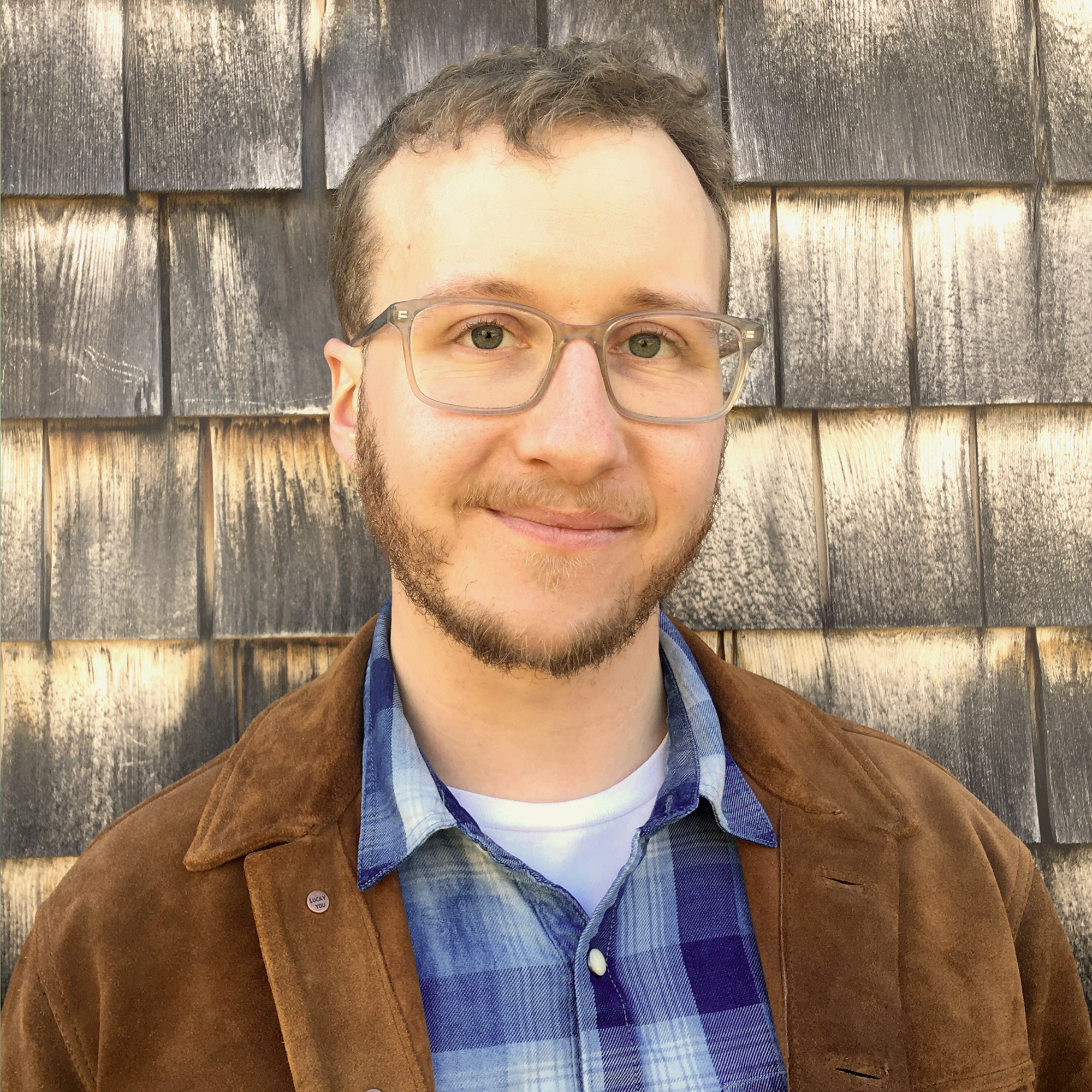
Every summer, I am impressed over and over again with the creativity and thoughtfulness that students bring when they are given the opportunity to build a project around their own interests.
Preceptor in Committee on Degrees in Social Studies, Harvard University
I enjoy teaching this course because it gives students the tools to critically examine some of the most pressing political questions of our time — from why some democracies thrive while others collapse, to how nations form and why inequality persists. It’s deeply rewarding to see students grow more confident in their ability to engage with both big theoretical questions and real-world political dynamics. Watching students learn to think like political scientists is one of the most energizing parts of teaching.
The curriculum is designed around foundational themes in comparative politics — regime type, civil society, political economy, and state/nation formation — paired with hands-on methods modules that teach students how to “do” social science. I hope students leave the course with a sharper analytical lens, a better understanding of global political variation, and the confidence to both conduct and consume rigorous, question-driven research. The course culminates in a two-part book review and research proposal, allowing students to engage deeply with cutting-edge scholarship and generate ideas of their own.
Students in this class are often learning to consume evidence-based social science research for the first time. This can be a challenge early in the semester, but by the end of the class, based on feedback and collaboration between me and students, reading this type of work and thinking about it critically becomes one of the core skills that students develop and keep with them.
Many of my courses in HSS that focus on comparative politics ask students to pose their own research questions and propose their own research designs. Seeing student work each summer and learning new things from their own research keeps comparative politics intellectually and personally fulfilling.
I always encourage students to bring their own backgrounds and questions into the course — whether they’re interested in a specific country, movement, or political puzzle, there’s room here to explore it. Comparative politics is about understanding difference, and student curiosity is what keeps the course dynamic and engaging. I’m continually impressed by the insight and creativity that students bring to the material.
Introduction to Statistics and Applied Data Analysis
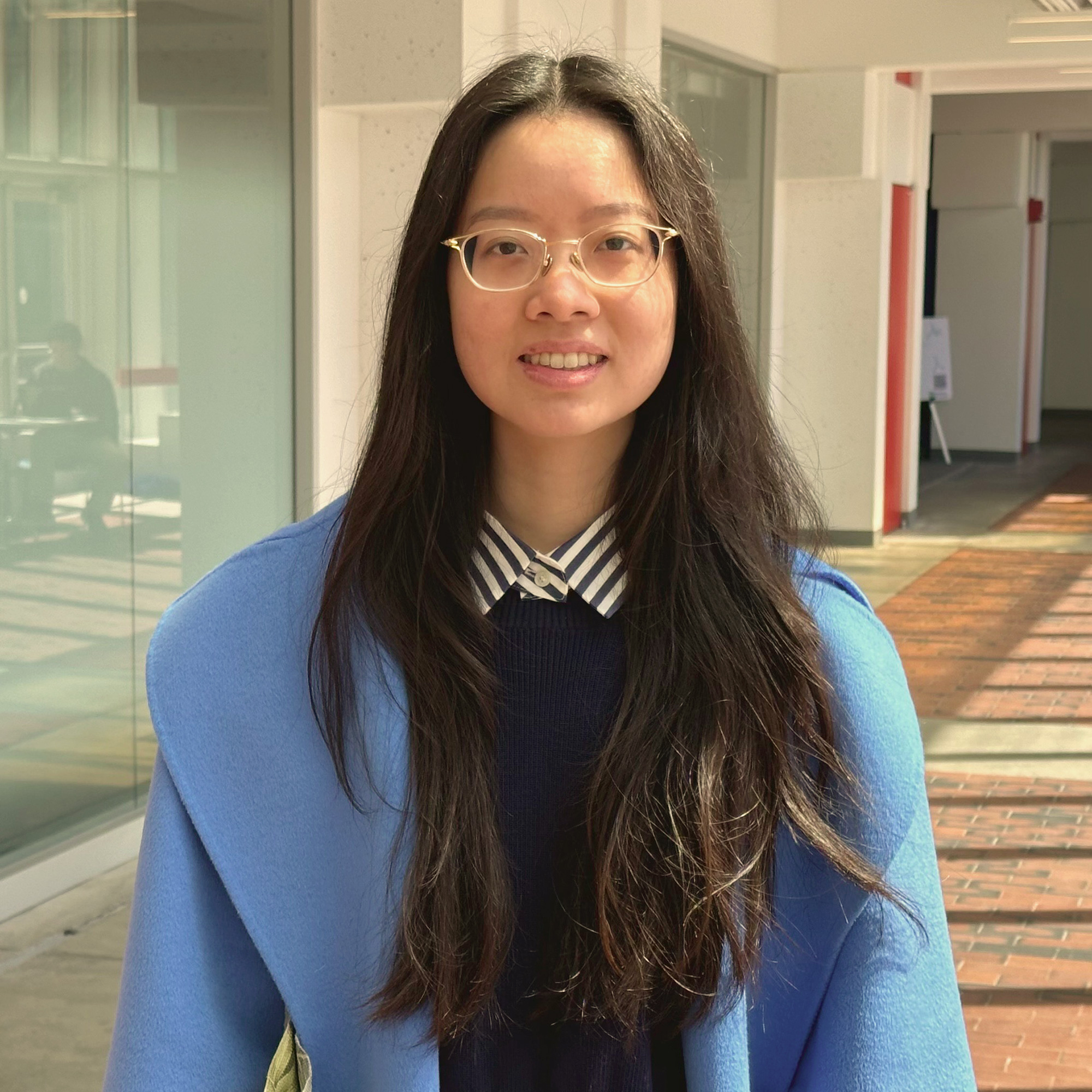
I love having the opportunity to help students discover that statistical thinking isn’t just about running analyses — it’s a way of understanding the world.
Preceptor in Statistics, Harvard University
Many students come in expecting statistics to be a dry subject full of arbitrary, abstract rules, but over the course of the class, they come to see how statistics connects to much bigger questions, such as who is or isn’t represented in data. Students often start out feeling intimidated by coding and working with data, but it’s amazing to see how their confidence grows over six weeks.
The curriculum is designed to balance conceptual understanding with practical application. In addition to core topics like study design, inference, and modeling, I also include space for readings on data ethics and communication — because interpreting results responsibly is just as important, if not more so, than getting the numbers right. I hope students leave the course with the skills and confidence to apply what they have learned in research, internships, and other work, but also with the ability to engage more critically with data in everyday life, such as questioning the evidence behind health claims reported in the news.
One of the most common pieces of feedback I receive is that the course is challenging and a lot of work in a short period of time — and I completely agree! It’s a fast-paced class that asks a lot of students. I’ve made it a priority to build in as much support as possible: a teaching team that’s always ready to answer questions either over Slack or during office hours, plenty of practice problems, and a scaffolded approach to learning coding. One student shared that while the course was tough, they ended up learning an amazing amount and the support they received made that process manageable and engaging.
Money and Power: Cultural Approaches to Economic Life
Instructor: James P. Herron, Ph.D.
Director of the Harvard Writing Project and Preceptor in Expository Writing, Harvard University
I enjoy teaching the course because it introduces students to alternative perspectives on the economy and to the varieties of economic life in non-capitalist and non-Western societies over the span of human existence.
I hope students will understand that market economies are really quite novel by historical standards and that most human economies have worked in very different ways. Ultimately, I want them to understand that, compared to the way we have lived for most of human history, capitalism is pretty weird.
I enjoy teaching this course in person because the discussions are more vibrant and there are more interesting ways to present the materials.
